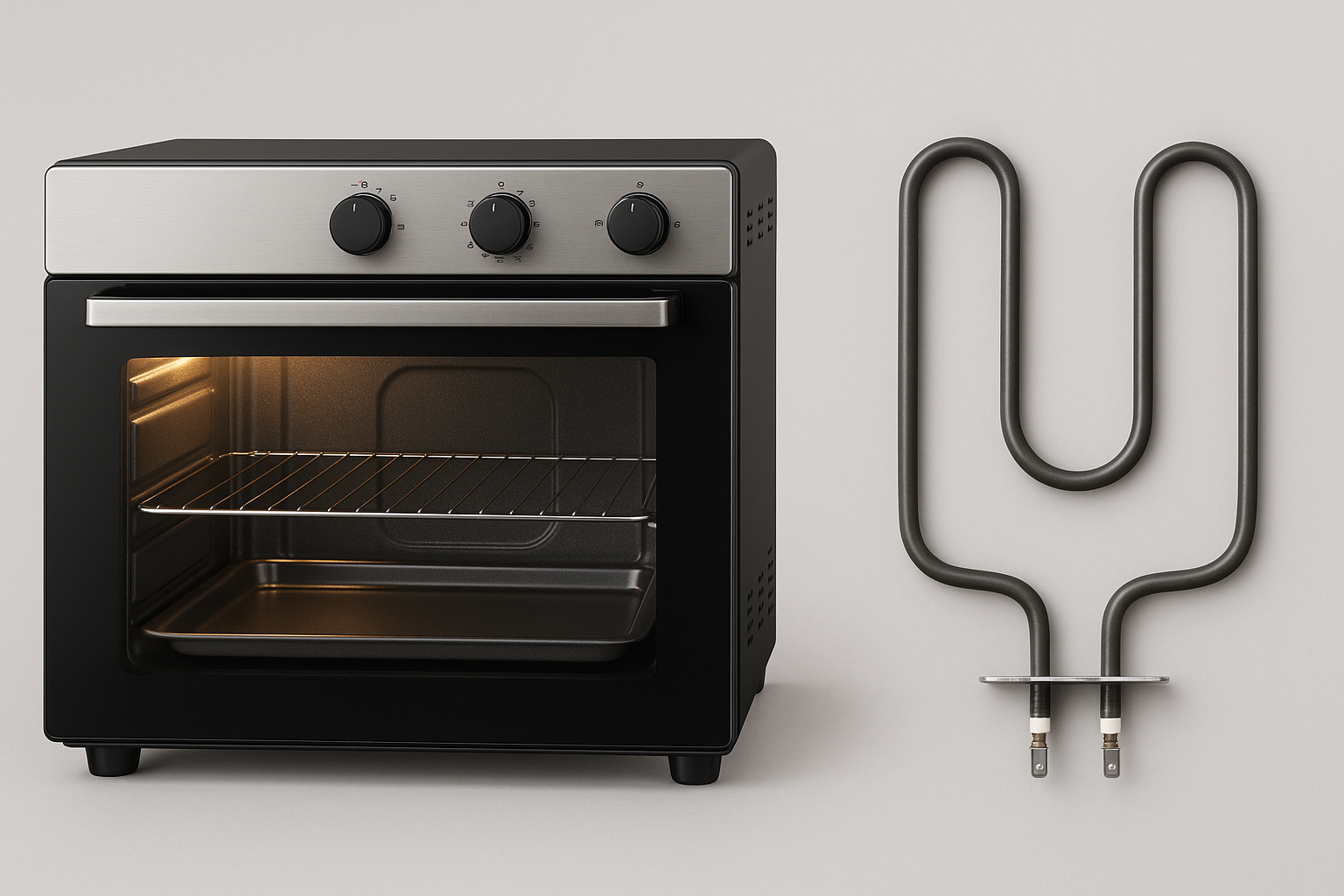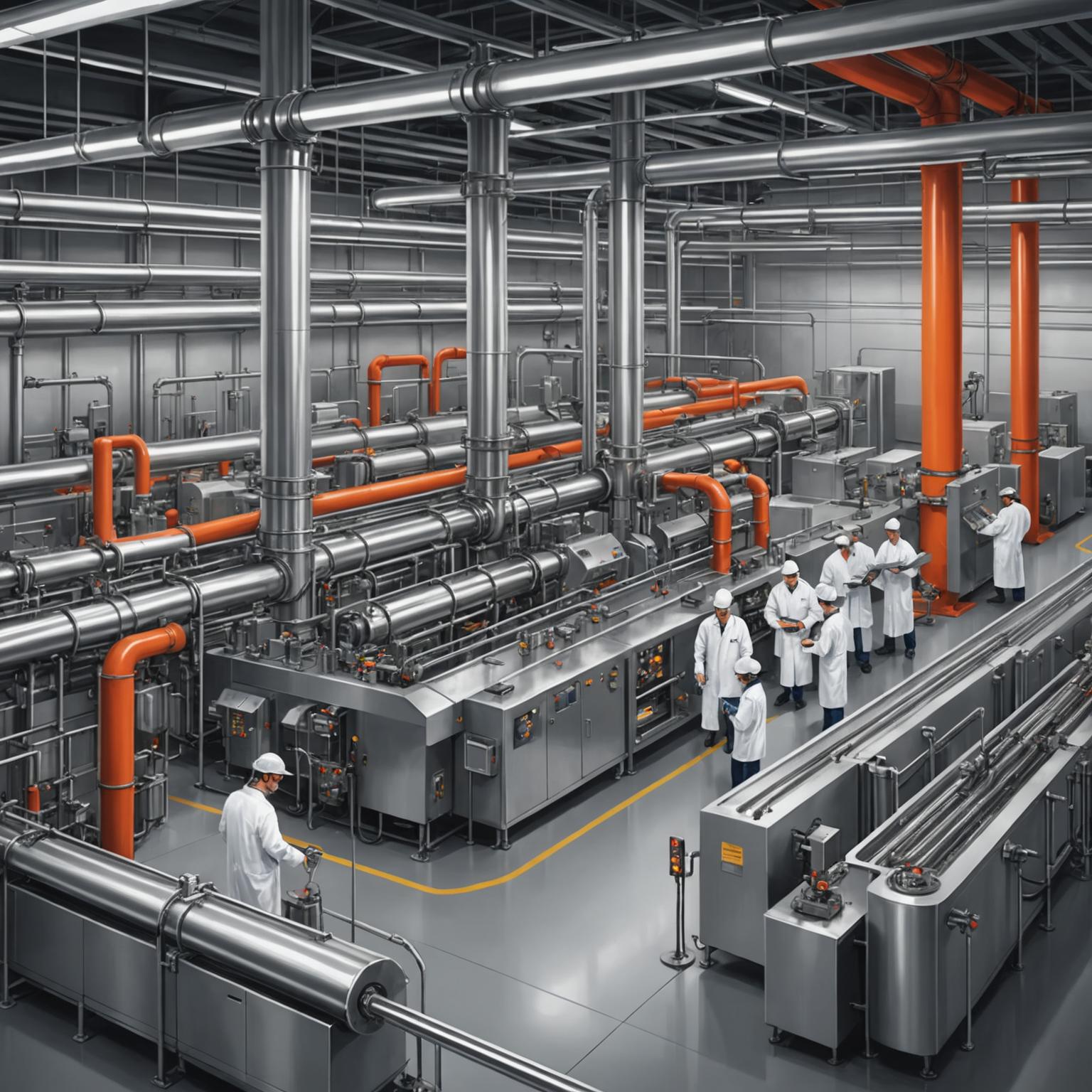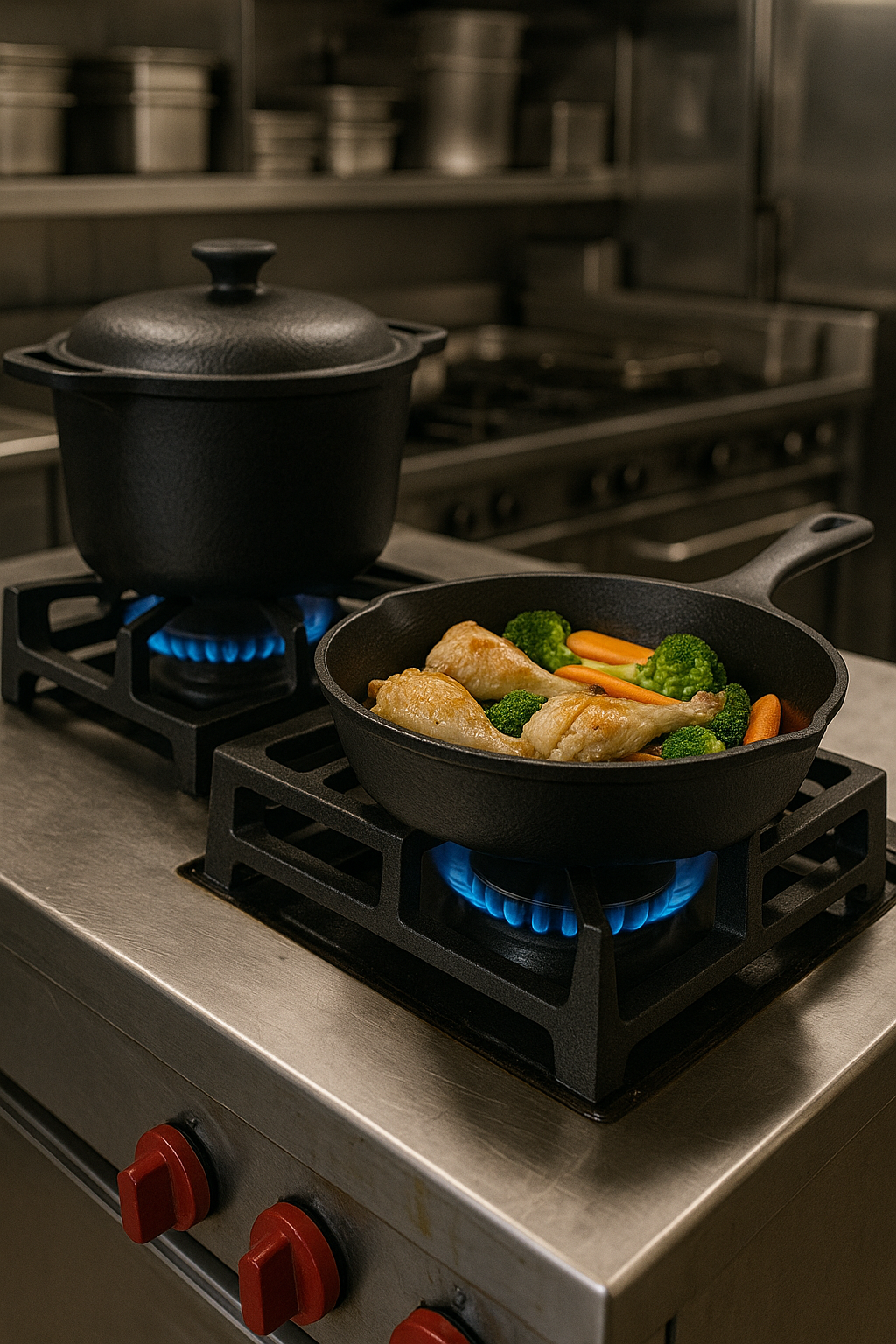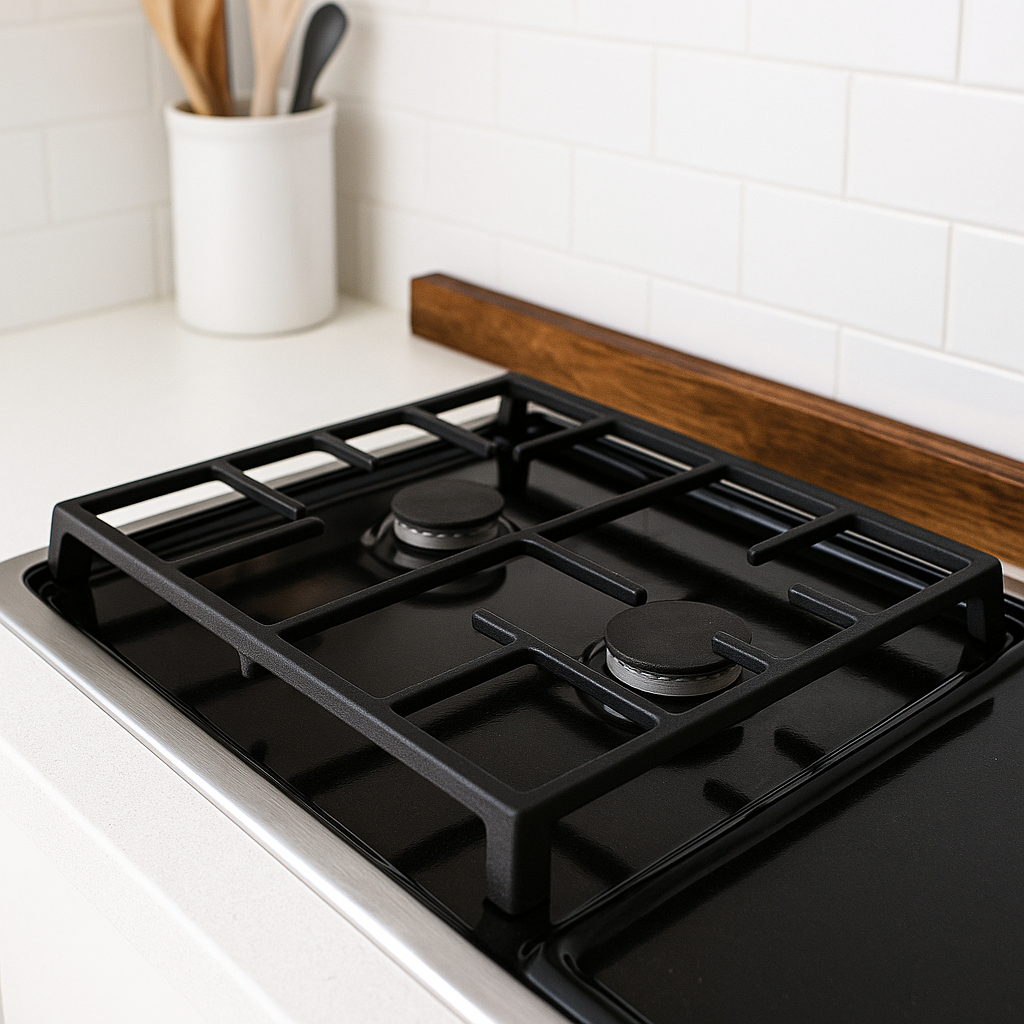The Crucial Role of High-Temperature Heating Tubes in Modern Industry
High-Temperature Heating Tubes are fundamental components in a vast array of industrial and commercial applications, providing the necessary thermal energy for processes ranging from material treatment to food preparation. These specialized tubes are engineered to withstand extreme temperatures while delivering consistent and reliable heat output. The design and material science behind these elements are critical to their performance, affecting efficiency, lifespan, and safety in demanding operational environments. As industries push the boundaries of processing temperatures and efficiency, the technology underpinning these heating solutions continues to evolve, focusing on enhanced durability and precision.
Understanding Tubular Heating Systems
At the core of many thermal applications are Tubular Heating Systems. These systems typically consist of one or more resistive heating elements, often encased in a metallic sheath, which converts electrical energy into heat. The sheath material, commonly a high-grade stainless steel or a specialized alloy like Incoloy, is chosen for its corrosion resistance and ability to maintain structural integrity at elevated temperatures. Inside the sheath, a nickel-chromium (NiCr) alloy wire is usually the resistive element, surrounded by a magnesium oxide (MgO) powder. This powder serves as an excellent electrical insulator while providing superior thermal conductivity, ensuring efficient heat transfer to the sheath and then to the target medium. The construction of these systems, including terminal connections and mounting configurations, is designed for robustness and ease of integration into various machinery and processes. The careful design of these systems ensures even heat distribution, a key factor for consistent product quality and process efficiency. The versatility of Tubular Heating Systems allows them to be formed into complex shapes, catering to specific application geometries and heat distribution requirements.
Heating Tubes for Food Processing: Ensuring Safety and Quality
In the food and beverage industry, Heating Tubes for Food Processing play a vital role, where precise temperature control and hygiene are paramount. These applications often involve direct or indirect heating of food products, requiring materials that are food-grade, corrosion-resistant, and easy to clean. Stainless steel is a preferred material due to its inertness and ability to withstand frequent cleaning cycles without degradation. The design of heating tubes in this sector focuses on minimizing cold spots and ensuring uniform temperature distribution, which is crucial for pasteurization, sterilization, baking, frying, and drying processes. The ability to achieve and maintain specific temperatures accurately helps in preserving food quality, ensuring safety by eliminating pathogens, and optimizing processing times. Innovations such as advanced surface finishes and construction techniques further enhance the suitability of Heating Tubes for Food Processing, contributing to more efficient and reliable food production lines.
Adherence to Heating Tube Industry Standards
Compliance with Heating Tube Industry Standards is essential for ensuring the safety, reliability, and interoperability of heating elements across various applications. These standards dictate requirements for materials, electrical safety, performance testing, and manufacturing quality. For instance, standards may specify minimum dielectric strength, insulation resistance, and wattage tolerances. Material specifications ensure that the heating tubes can withstand the declared operating temperatures and chemical environments without premature failure. Adherence to such industry benchmarks provides assurance to end-users regarding the product's quality and fitness for purpose. Manufacturers often implement rigorous quality control systems, including testing for heat uniformity, element lifespan under stress conditions, and resistance to thermal shock, all guided by established Heating Tube Industry Standards. This focus on quality and standardization underpins the trust placed in these critical components, especially in applications where failure can have significant consequences.
Advancements in High-Temperature Heating Element Technology
Recent advancements in the design and manufacturing of High-Temperature Heating Tubes have led to significant improvements in performance and efficiency. Modern heating elements often feature innovative structural designs, such as optimized coil configurations or specialized sheath geometries, to maximize surface area and promote even heat distribution. The use of premium-grade alloys and enhanced compaction techniques for the internal insulating material contributes to higher watt densities, faster heat-up times, and extended operational lifespans. Furthermore, attention is given to the design of terminal connections and mounting mechanisms to ensure secure and reliable integration, even in environments with high vibration or thermal cycling. Energy efficiency is another key area of development, with designs aimed at minimizing heat loss and reducing overall power consumption. These technological strides ensure that heating elements can meet the increasingly stringent demands of modern industrial processes, offering precise thermal control and durability for a wide range of high-temperature applications.







